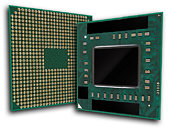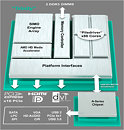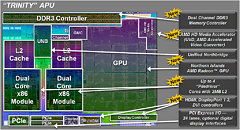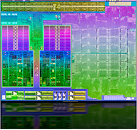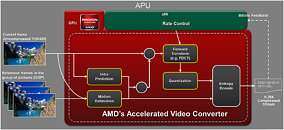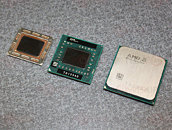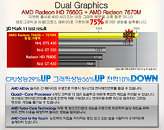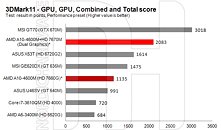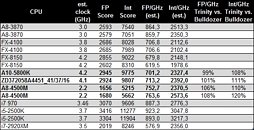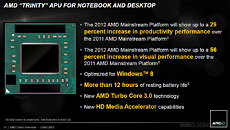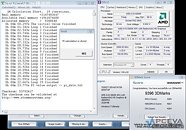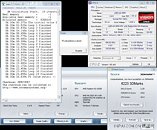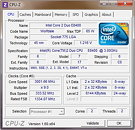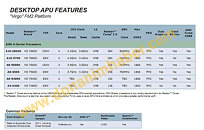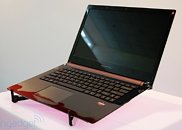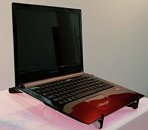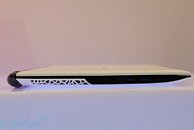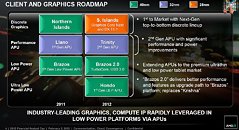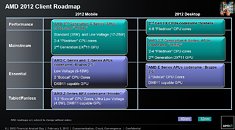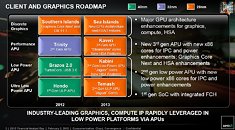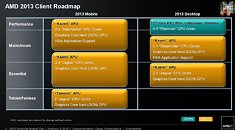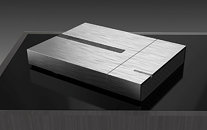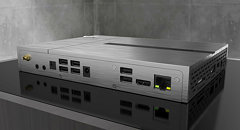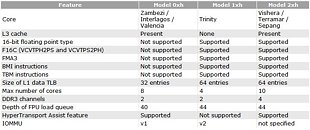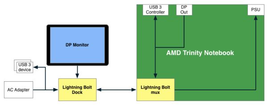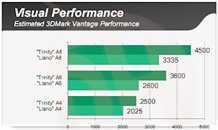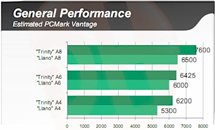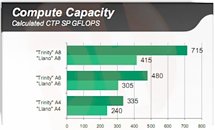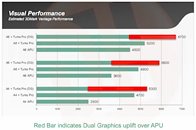
AMD Launches the Second-Generation A-Series APUs
AMD today announced the widely anticipated launch of its 2nd-Generation AMD A-Series Accelerated Processing Units (APUs) for mainstream and ultrathin notebooks, All-in-One and traditional desktops, home theater PCs and embedded designs.
The 2nd-Generation A-Series APU, codenamed "Trinity", is a grounds-up improved design over the previous generation, enabling a best-in-class PC mobility, entertainment, and gaming experience. New features of the product design include:
● Double the performance per watt of the previous generation;
● The AMD HD Media Accelerator with a unique set of technologies designed to optimize video quality available with premium and Internet video content, and accelerate video file conversion;
● An increase in CPU performance of up to 29 percent with higher processor speeds thanks to the next-generation AMD "Piledriver" CPU core with 3rd-Generation AMD Turbo Core technology, where power is dynamically shifted between the CPU and GPU depending on application needs, effectively providing a more responsive experience that can boost CPU frequencies to up to 3.2 GHz;
The 2nd-Generation A-Series APU, codenamed "Trinity", is a grounds-up improved design over the previous generation, enabling a best-in-class PC mobility, entertainment, and gaming experience. New features of the product design include:
● Double the performance per watt of the previous generation;
● The AMD HD Media Accelerator with a unique set of technologies designed to optimize video quality available with premium and Internet video content, and accelerate video file conversion;
● An increase in CPU performance of up to 29 percent with higher processor speeds thanks to the next-generation AMD "Piledriver" CPU core with 3rd-Generation AMD Turbo Core technology, where power is dynamically shifted between the CPU and GPU depending on application needs, effectively providing a more responsive experience that can boost CPU frequencies to up to 3.2 GHz;
